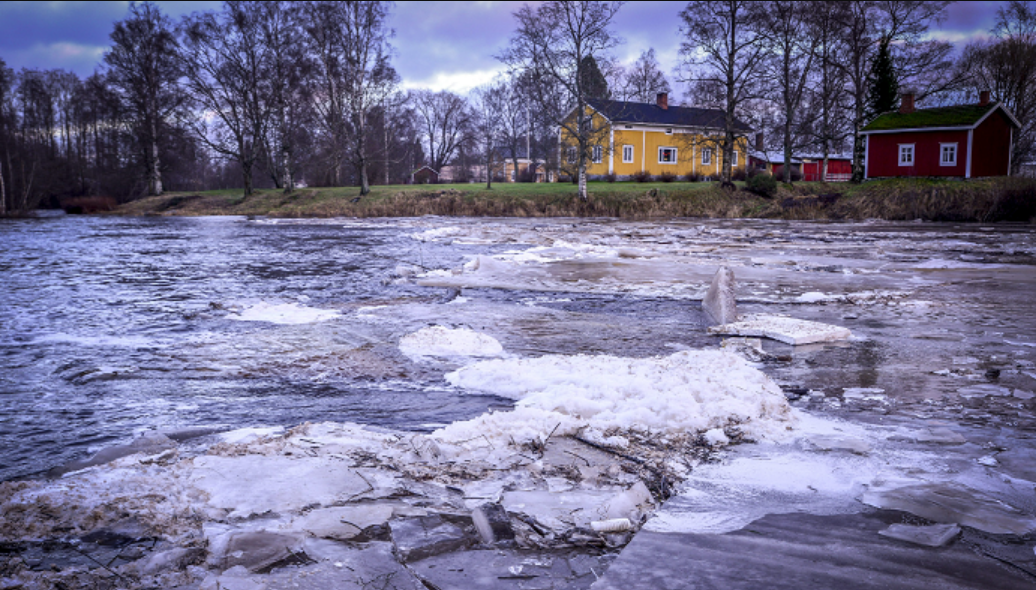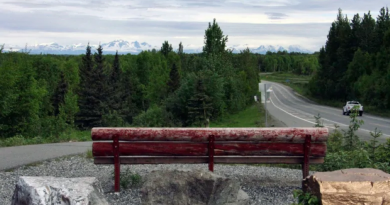Less snow cover, shorter winters in Finland since 1960s

Snow cover averages across many areas of Finland have decreased between the years of 1961-2014, according to a study carried out by researchers at the Finnish Meteorological Institute (FMI).
“Snow conditions in high‐latitude regions are changing in response to climate warming, and these changes are likely to accelerate as the warming proceeds,” the report’s authors wrote.
The maximum annual amounts of snow cover in southern and western Finland – and locally in some central areas – have decreased by an average of 2-4 cm every ten years during 1961-2014.
However, there was no statistically significant change in snow cover amounts in northern Finland during that 53-year period, according to the FMI.
Researcher Anna Luomaranta said maximum snow cover averages measured around 20-40 cm in south-western Finland and more than one metre in Finnish Lapland.
Snow arrives later, is gone earlier
According to the research, the duration of snow cover also decreased during those five decades.
Luomaranta said that the snowy season arrived later particularly in central, south-western and western parts of northern Ostrobothnia (central Finland).
Snow cover melted earlier especially in western Finland, according to the researcher.
The disappearance of snow cover took place about four days earlier each decade during that period in western areas, and about one to three days earlier across the rest of the country, according to Luomaranta.
Major regional differences
“Our results indicate that regional differences of changes in snow conditions can be relatively large, even within such a small (region) as Finland,” according to the study summary.
The annual maximum snow depth that typically occurs in March was found to have decreased across more than 85 percent of the country, most strongly in western coastal areas.
In almost half of Finland, this decrease occurred despite an increase in snowy weather, according to the research.
“Our findings highlight the complexity of the responses of snow conditions to climatic variability in northern Europe,” the authors stated.
The report, “Snow cover trends in Finland over 1961-2014 based on gridded snow depth observations,” was published by the International Journal of Climatology.
Related stories from around the North:
Canada: -36 degrees Celsius: just another day in Yellowknife, Northern Canada, CBC News
Finland: Cold winter brings out Finland’s icebreakers ahead of schedule, Yle News
Greenland: Faster ice melt in Greenland could mean stronger hurricanes for North America’s East Coast: study, CBC News
Norway: New climate report predicts extreme warming for Arctic Svalbard by 2100, The Independent Barents Observer
Russia: Russia’s quest for Arctic resources unhindered by climate crisis, The Independent Barents Observer
Sweden: Sweden ill-equipped to deal with forest fires, report says, Radio Sweden
United States: 2018 was the 4th-warmest year on record, NOAA and NASA reveal, CBC News



